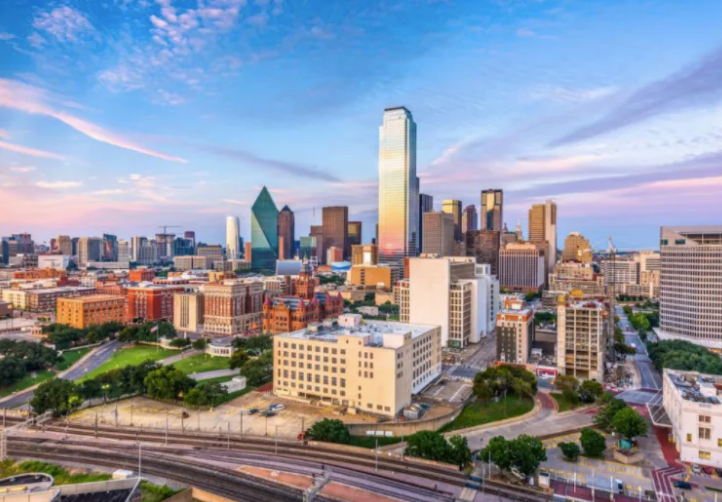(Article is from Austin Business Journal, copyright belongs to owner) The Austin-San Antonio corridor’s population surge in recent years is among the most notable growth stories in the country, though experts warn there are growing pains to consider.
The corridor could soon compare to large metroplexes like the Dallas-Fort Worth region, experts have said, and there is evidence that’s already taking shape. More huge neighborhoods are sprouting along the corridor, and companies continue to invest in the area with both expansions and relocations. But local governments should be planning ahead on how the region will address the growing population’s impact to key elements such as transportation infrastructure, water and energy, state demographer Lloyd Potter said.
Hays County, with San Marcos as its seat, saw its population grow faster than any other county in Texas from 2010 to 2020, according to recent US Census Bureau data. Comal County, with New Braunfels as its seat, was not far behind. New Braunfels was even pegged as one of the fastest-growing cities in the country over the last 10 years among those that had more than 50,000 residents at the beginning of the decade.
And Hays County was the only county in the nation with at least 100,000 residents that grew by more than 50% over the last decade. The county grew by 53% and added nearly 84,000 residents from 2010 to 2020, according to the data.
For the city of Austin, the population shot up 171,465 to 961,855 from 2010 to 2020, according to the Census data. Nationally that trailed only New York City, Houston and Fort Worth for raw growth over that period. Additionally, Austin’s rate of growth of nearly 22% was No. 2 among Texas’ big cities, behind Fort Worth, which grew almost 24%. Austin’s population fell shy of the 1 million mark, however, which city experts have said is an indicator that the Texas capital isn’t growing as fast as expected.
In some ways, Austin-San Antonio corridor have became the next metroplex. If you look at a lot of the businesses that are locating in Comal and Hays counties, they are serving both Austin and San Antonio. If you’re a business and you want to create a headquarters or distribution center, you can put one along I-35, and it serves a pretty large geographic area.
And in some ways it would depend on who’s defining it. By 2030, when the next Census comes out, [the area] will probably be big enough to where the Census Bureau will define it as one of the large metropolitan areas.
We’re likely to see a continued demand for housing, and there’s no shortage of that. We’ve seen that certainly during the pandemic … and people are commuting to where their employers are. A lot of it is personal or family economics. How much time do I want to spend in my car? What kind of house do I want? Where’s the balance there? And they will end up finding a housing unit in a place that has the amenities that are closest to what they’re looking for and has all the other aspects that are going into making the decision. And so that essentially means that the suburban ring areas are going to be continuing to develop. And again, that also puts a lot of pressure on our transportation systems.






